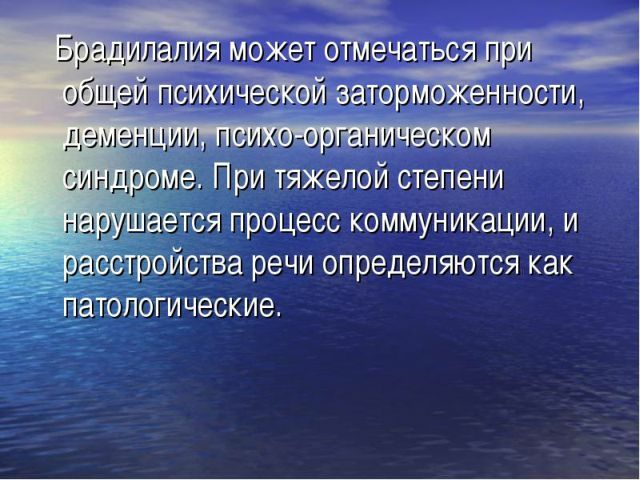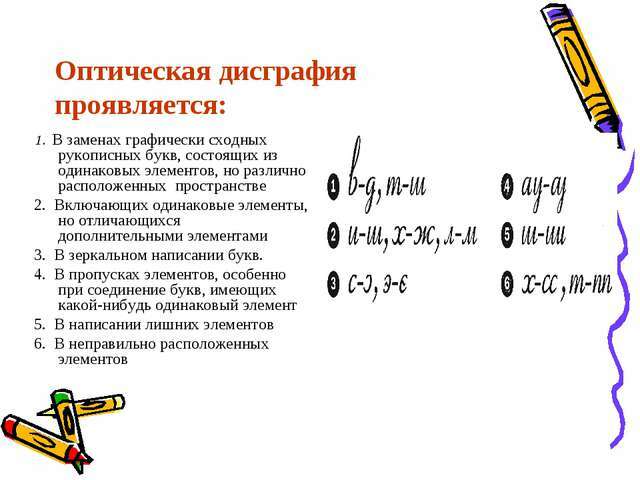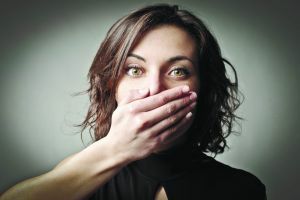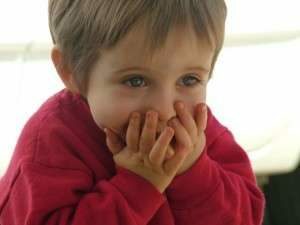 Pathologies associated with complex speech disorders that arise as a result of damage to the nervous system in medicine are called dysarthria. With this disease, the motor activity of the speech muscles( tongue, lips, palate) is limited.
Pathologies associated with complex speech disorders that arise as a result of damage to the nervous system in medicine are called dysarthria. With this disease, the motor activity of the speech muscles( tongue, lips, palate) is limited.
Pseudobulbar dysarthria is most common among children with cerebral palsy. Pathology is characterized by disturbances in the subcortical-nuclear pathways, which pass from the cerebral cortex to the nerves( cranium) nerves.
According to statistics, 85% of cases of the manifestation of the disease are observed in people older than 50 years, as a result of ischemic stroke of the brain.
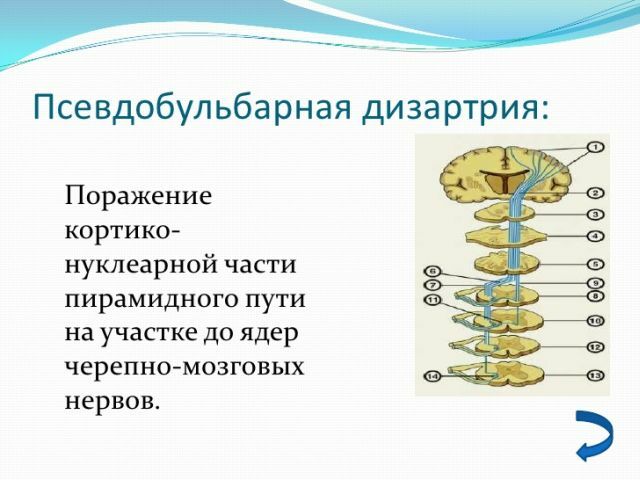
Up to 90% pseudobulbar paralysis and, accordingly, dysarthria, affects women from 50 to 80 years. Among young people, this pathology occurs as a result of the craniocerebral trauma.
Contents
- Causes and Associated Diseases
- Age Specific Features of the Disease
- Disease Development Stages
- Disease Forms
- Spastic Version
- Paretic Form
- Other Blurred Forms
- Diagnosis Statement
- Treatment of Causes and Speech Correction
- Preventive Measures
Causes and Concomitant Diseases
Characteristic PathologyIs the innervation of the muscles of the speech apparatus. Further, this may be accompanied by a slowdown and even a stopping of the passage of nerve impulses to the corresponding muscles or their partial paralysis.
Given that in most cases the disease is congenital in nature, the reasons for it are associated with child-bearing child and his birth:
- Rhesus conflict;
- severe labor;
- asphyxiation at birth;
- pregnancy, complicated by toxicosis, hypoxia, prematurity.
Also the actual reasons for the development of pseudobulbar dysarthria are:
- meningitis;
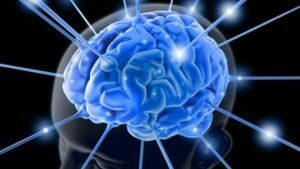
- cerebral palsy;
- intoxication of the body;
- hydrocephalus;
- purulent otitis media;
- bilateral cerebral infarction;
- cerebral autosomal dominant arteriopathy;
- stroke;
- encephalitis, which affects the brain;
- head injury;
- brain tumors;
- Multiple Sclerosis;
- neurosyphilis;
- cerebral atherosclerosis;
- oligophrenia;
- Parkinson's disease.
Age features
disease pseudobulbar dysarthria evident in children of different ages, and, if the time to seek medical help, by proper correction and remedial work is highly likely that the baby will be fine to absorb it.
Children with dysarthria psevdobulbarnoj following symptoms and effects are observed:
- problems with sucking reflex;
- abundant salivation;
- leakage of milk during feeding;
- weak cry of the baby;
- change in the mechanics of the face and body;
- the baby's mouth is in the open state;

- the swallowing process is changed;
- the child makes slow movements with his lips and tongue, as a result of which his speech is delayed and sounds too smoothly;
- the articulatory apparatus moves very little, it is difficult to distinguish facial expressions, the conversation is quiet and indistinct;
- due to the fact that the muscles get tired quickly, the little patient salivate profusely, unrealistic for the child have the inflation of the cheeks, lips pulling a pipe, the retention of the language in the raised position;
- the child can keep his mouth covered with a complete absence of facial expressions.
The symptomatology of the disease in adults is similar to that of a child, but it has its own peculiarities:
- pathology of speech motor skills;
- slurred speech;
- disturbed sound;
- delayed movement as a result of hypo-( hyper-) muscle tone;
- limited or impossible to perform movements;
- involuntary movements( tremor, hyperkinesis);
- articulatory movements are not accurate, which leads to repetition of articulatory poses;
- hypertension of the muscles of the whole body;
- weak and short exhalation;
- coordination problems;
- hypertension of the muscles of the thorax;
- the lung capacity is lowered, as a result of which there is no possibility to make a full exhalation;
- problems in the movement of the upper facial part;
- abundant salivation leads to a saliva accumulation in the corners of the mouth.
Stages of development of the disease
In medicine, pseudobulbar dysarthria is conditionally divided into three stages:
- The mild stage of is manifested by minor disorders. There is a slight blurring of the pronunciation( especially hissing and snarling sounds).The hearing is not broken. When writing words, some letters can change places.
- The average stage of disease is most common. For her, there is almost no movement of mimic features. It is difficult to chew food as a result of the fact that the tongue does not move well. Swallowing is also a problem. The conversation of such patients is indistinct, when speaking the words can be skipped several sounds, there is a conversation "in the nose."When writing words, even vowels can be omitted.
- Severe stage - anarthria .The patient has a complete absence of facial expression as a result of immobility of the muscles of the speech apparatus. The lower jaw is constantly sagging, and the tongue is immobilized all the time. Speech in such people is completely absent, only sometimes can burst out inarticulate sounds. This degree is accompanied by a violation of mental abilities.
Forms of the disease
In domestic and foreign science, there are such forms of pseudobulbar dysarthria:
- spastic;
- paretic;
- mixed;
- is stunted.

Spastic variant of
The spastic form of pseudobulbar dysarthria is characterized by the following symptoms:
- hyperkinesia of the larynx( excessive tension of the respiratory muscles);
- tone of the soft palate is broken;
- paresis of the tongue( spastic);
- state of tension of the labial muscle.
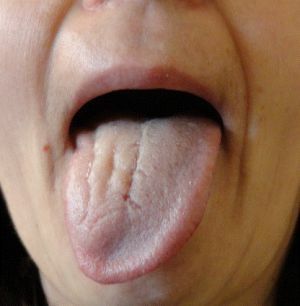 In connection with such features, the patient's speech becomes monotonous, the articulatory posture is held back with difficulty.
In connection with such features, the patient's speech becomes monotonous, the articulatory posture is held back with difficulty.
Articulation can occur without a single sound. Often in the speech muscles for a long time there is no peace, spasms of the lips occur, there is a tense smile. With this form of the disease, there are problems with swallowing, sucking.
It's difficult to disassemble a patient's speech. Words are pronounced often on inspiration and, thus, speech sounds from a spasm before a spasm. The voice is weak, drying out. The pace of speech can be fast, but there is no constant rhythm.
Paretic form of
The paretic form of pseudobulbar dysarthria is observed with hypotonia of verbal and skeletal musculature. Characterized by the form of the paretic muscles of the tongue, lips, soft palate. Asynchronous articulation and breathing are noticeable.
Often salivation can occur. With the pronunciation of individual sounds, their quality can be preserved, but in the general flow of words, the sounds are blurred. During the conversation, the voice is quiet, monotonous, deaf, "in the nose."With the pronunciation of individual sounds, the voice can be bright and sonorous, but quickly drying out.
Other blurred forms
The mixed form is found in practice most often. A feature of it is an increase in the tone of some muscle groups, while simultaneously lowering other groups. For example, the muscles of the lips may be in increased tonus, and the tongue is completely spread out.
The erased form is characterized by little symptomatology.
Diagnosis of
For an adequate assessment of the patient's condition, two specialists should be examined at once: the neurologist examines the general condition, and the speech therapist studies the features of the articulatory apparatus.
When a patient is examined, the doctor uses a special spatula, with which he touches the palate, lips, nose, chin, gums, tongue, teeth. According to the response, he can diagnose the degree, form of the disease.
With the help of specially developed tests, the specialist will determine the state of motor neurons, especially the innervation of the articulatory musculature.
The doctor prescribes blood tests( general, biochemical), examination of cerebrospinal fluid. If the work is carried out with the child, a genetic analysis is possible.
Thanks to the use of electroencephalography, a specialist evaluates the level of conductivity of brain structures. Electromyography  helps to determine the level of innervation and activity of muscle fibers.
helps to determine the level of innervation and activity of muscle fibers.
Electroneuromyography is used to establish the speed parameters of the passage of a pulse to the nuclei of neurons, and then to the corresponding muscles.
MRI can be used to determine the areas of nerve fibers and their visualization.
Treatment of the cause of the disorder and correction of speech
The most important information is that the pseudobulbar dysarthria is amenable to adjustment, after determining the degree and form of pathology by specialists( neurologist and speech therapist), treatment is prescribed.
The neurologist appoints:
- acupuncture ( working on specific points, internal energy resources are activated);
- massage ;
- therapeutic physical training ( its main goal is to strengthen the muscles of the face);
- physiotherapy ( magnet, paraffin applications, amplipulse, quartz, electrophoresis);
- medical treatment is aimed at activating the work of the brain, improving the conductivity of nerve impulses, the normalization of muscle tone, and the state of the nervous system.
Speech therapist helps to develop: 
- fine motor skills , which is extremely important for the development of speech, corrects defects by performing a number of exercises on the development of precision, dexterity, synchronism of movements;
- works with the speech device: the exercise includes exercises that normalize the tone of the articulatory muscles, corrects the correct background, and develops the articulation pattern of the sounds. Due to this, the degree of motor defects in the speech apparatus is reduced;
- is engaged in breathing exercises ;
- develops the communication skills of : the specialist helps to form grammatical skills, develops speech and helps to absorb the use of words in speech.
In the treatment of pathology, the treatment of comorbid diseases( cerebral palsy, tumors, meningitis, stroke, etc.) plays an important role, as well as support from relatives and friends.
All family members should be dedicated to the problem of the disease and know the methods of treatment and the program, painted by a speech therapist and neurologist. This will help them support the patient and not control the proposed treatment option to achieve a quick and qualitative result.
Treatment of pseudobulbar dysarthria can be quite effective:
Preventive measures
Given that in most cases the cause of the pathology is inflammatory processes, craniocerebral injuries, prevention is the observance of the rules for protecting life and work.
In the case of infants, parents must ensure that they are constantly looking after the crumbs to prevent injury.
To avoid the development of the disease during pregnancy and childbirth, it is necessary to abandon bad habits, avoid infection with infectious diseases and regularly go to the consultation of a gynecologist, whose woman is on the register.

